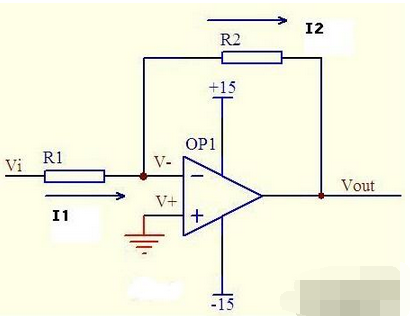I strongly believe that anyone involved in hardware design should understand the critical role of operational amplifiers in circuit design. As one of the most versatile analog components, op amps are widely used in various applications such as ADC front-end circuits, signal conditioning, and power supply designs. During my university studies, I remember how challenging it was to grasp the behavior of op amps, especially when dealing with gain adjustments. The complexity of op amp circuit diagrams often made the learning process frustrating, but it also deepened my understanding of their importance.
Learning about operational amplifiers is essential for any electronics enthusiast or engineer. Let’s start by looking at the basic configuration of an op amp:

An operational amplifier is a DC-coupled, differential-input, single-ended output voltage amplifier with a very high gain. While the external circuitry around an op amp may seem simple, there are several important considerations when using them in real-world applications.
The op amp has two input terminals and one output terminal. As shown in the figure, the terminal marked with a “+†is called the non-inverting input, while the one labeled with a “-†is the inverting input. When identical signals are applied to both inputs, the output produces a signal that is the same in magnitude but opposite in polarity. The output is in phase with the non-inverting input and out of phase with the inverting input.
In practical circuit design, we usually connect the output of the op amp back to its inverting input, creating a negative feedback loop. This configuration helps stabilize the circuit, as the open-loop gain of an op amp can be extremely high—often ranging from hundreds to tens of thousands. Negative feedback ensures the circuit operates predictably and avoids saturation or instability.
Intel Nuc I7,Mini Pc I7,Intel Nuc 10 I7,Mini Cpu I7
Guangdong Elieken Electronic Technology Co.,Ltd. , https://www.elieken.com
![<?echo $_SERVER['SERVER_NAME'];?>](/template/twentyseventeen/skin/images/header.jpg)